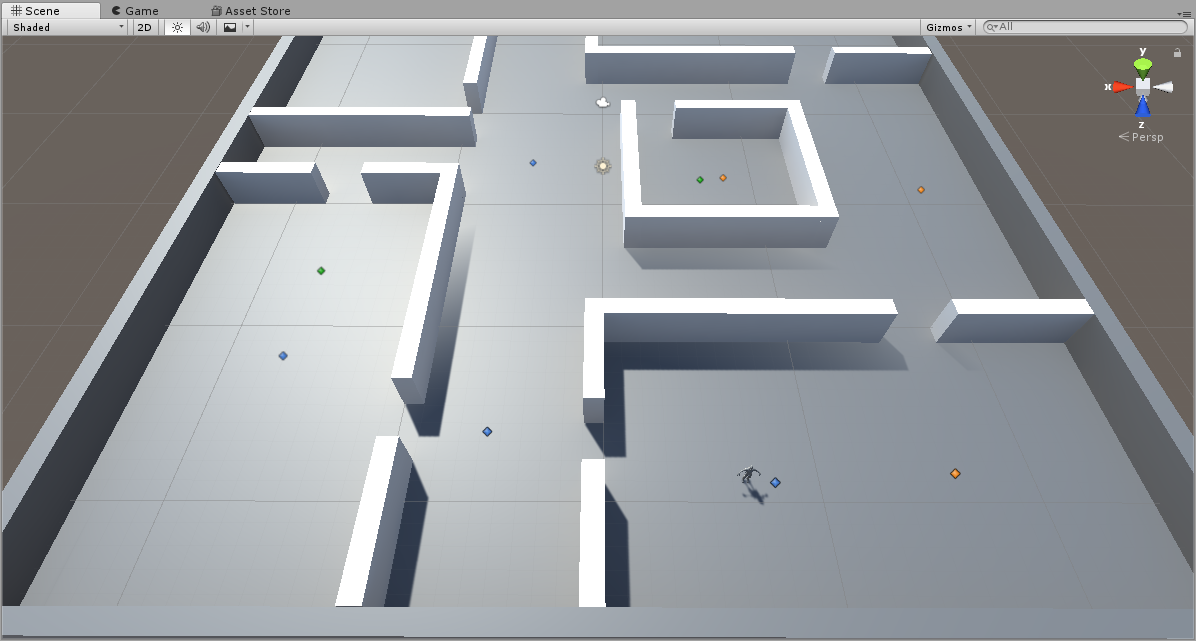Implementing Behaviour Tree Framework

I spent this week implementing the basic framework for my Behaviour Tree (BT) architecture, for this first iteration I only implemented the basic nodes that will be required within the tree, such as the Selector and Sequence Composite nodes. I will be looking into including other nodes types as the project develops if I am able to find a use for them, such as decorator nodes or random sequence / selector nodes. I also had to work towards creating a very basic blackboard system for the agent, this first iteration of the blackboard just contains a small selection of variables to help hold the information while the BT changes between the two leaf nodes currently implemented, however I will be building upon this blackboard and a global blackboard shared between all agents. When I build upon the blackboard I will attempt to use a "Dictionary" as in a previous blackboard I had to create during my second year of studying I used "Map" in C++ and felt this worked in th...


